1/2 Reichstaler 1621,
under Wilhelm V of Hesse-Kassel as administrator.
Condition: ef+
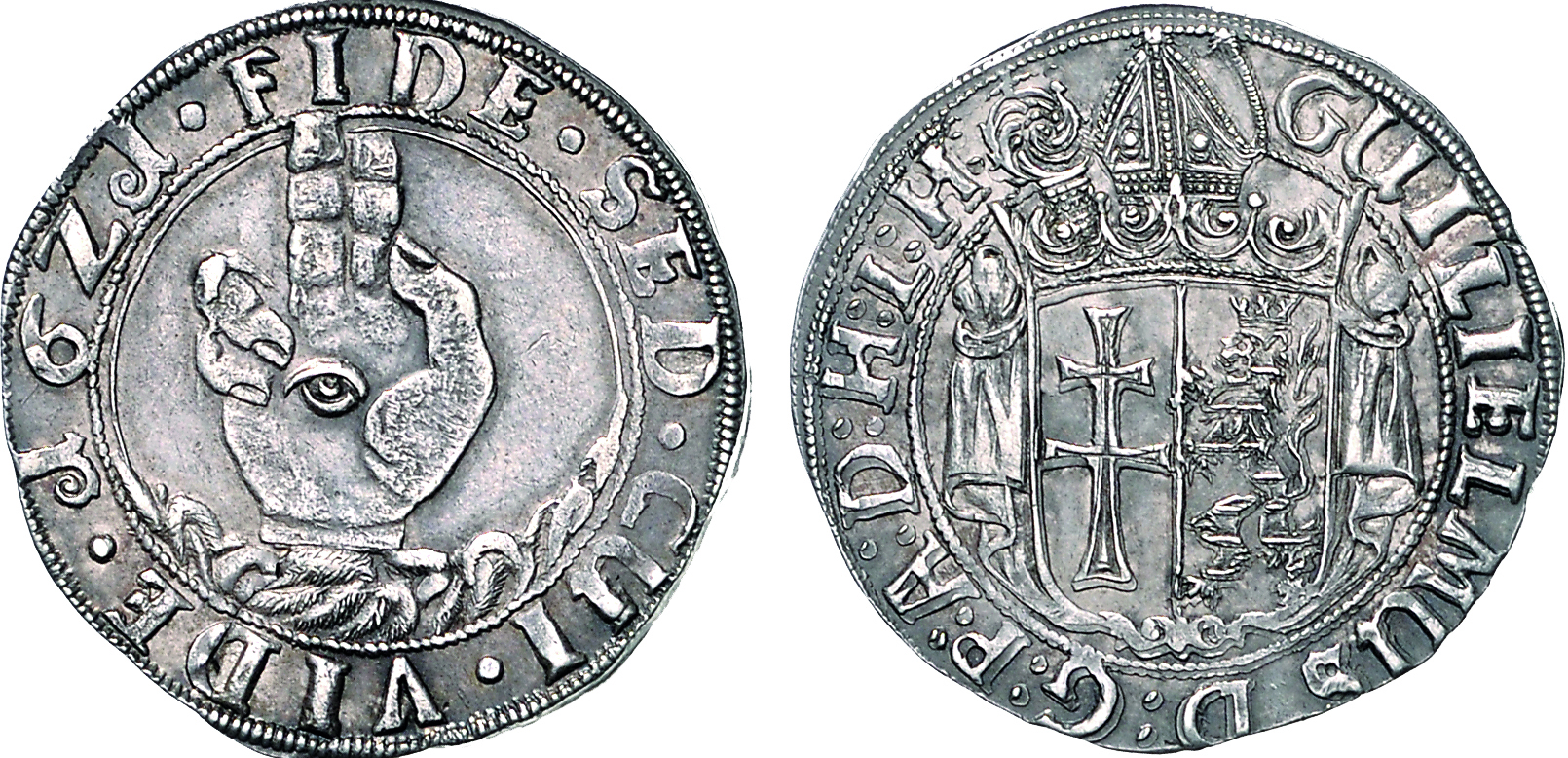

city of Besançon,
3 Pistols 1666 with title Charles V.
Condition: CH UNC
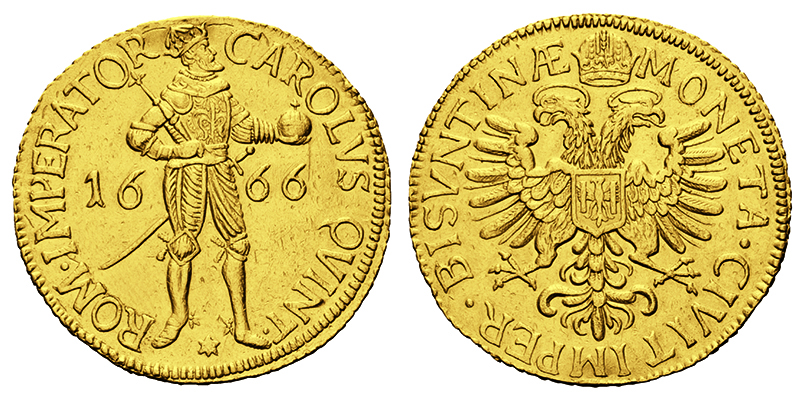
Bavaria, Chaise d'or (imperial shield)
1328-1347 under Emperor Louis IV.
Condition: ef

Reichstaler 1654-1668
under Count Guidobald von Thun.
Condition: vf-ef
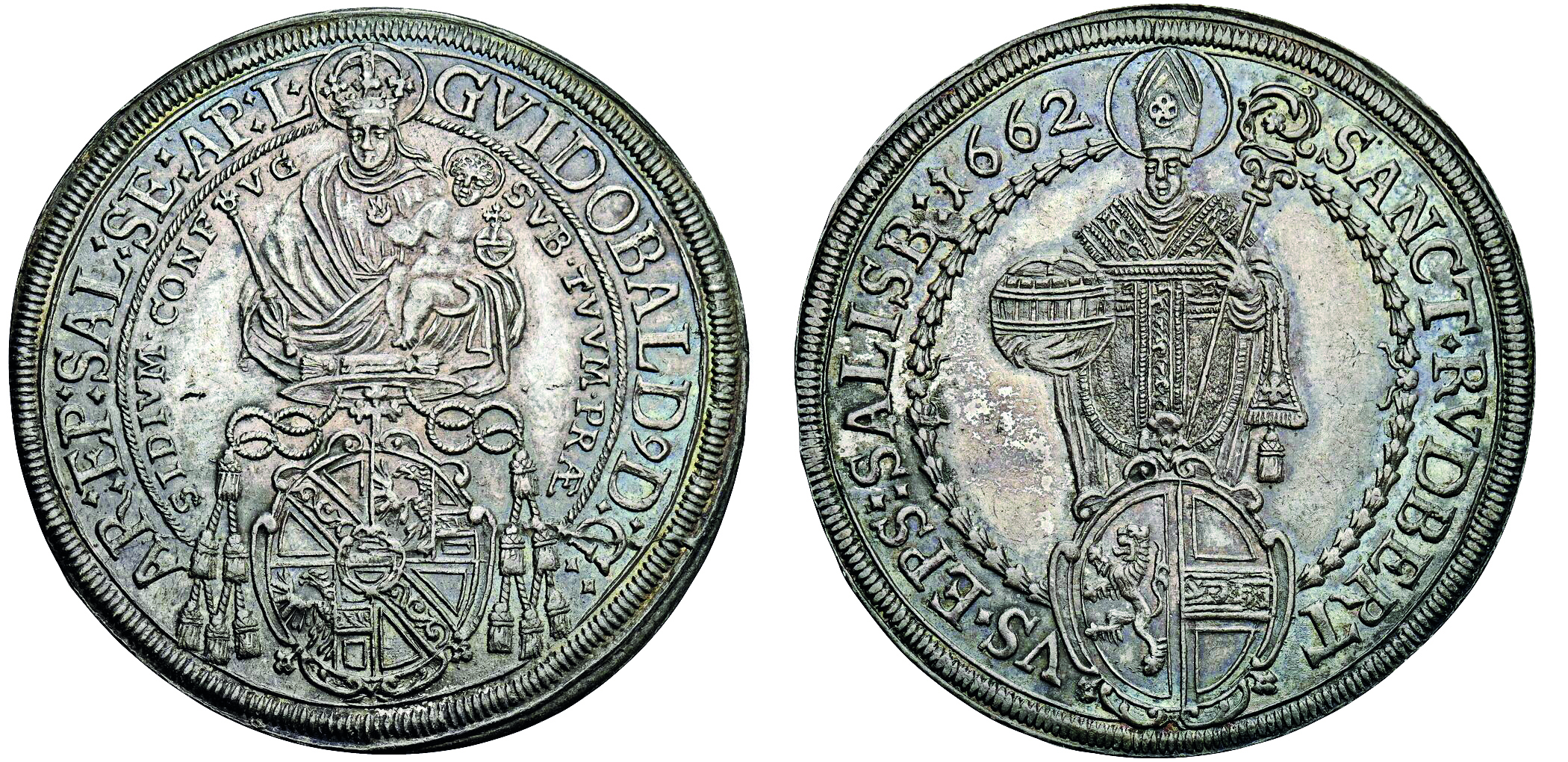
Solidus (491-518)
under Anastasius the righteous.
Condition: vf-ef

Archive: People and Markets
Elagabalus’ New Transgender Identity and Its Consequences on the Coin Trade
The North Hertfordshire Museum has pulled off an ingenious PR coup: the institution publicly announced that they will no longer refer to Elagabalus as “he” but as “she”. Ursula Kampmann explores how this might affect the coin trade.
Lithuania Effectively Abolishes One- and Two-Cent Coins – and Sparks a New Debate
Farewell to small change: another eurozone country is saying goodbye to the smallest cent coins. In Germany, the debate is also gaining momentum – whereas Austria remains relaxed and is observing developments.
Archive: Coins, Medals and more
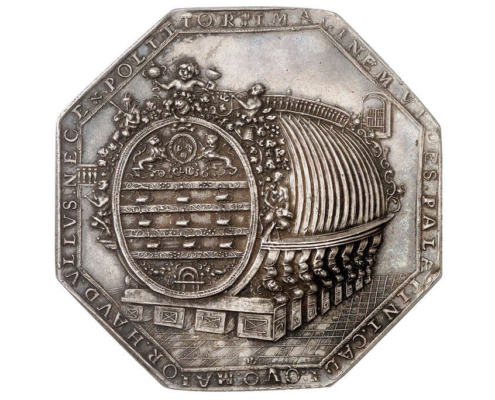
The Heidelberg Tun and Early Modern Winemaking
The most well-known symbol of the city of Heidelberg actually began as a sort of treasury: the Heidelberg Tun was built to accommodate the Palatinate’s tax revenue generated from winemaking. And then a Calvinist propagandist turned it into a tourist attraction. This is reflected in a medal that Künker will be auctioning on 29 September 2023.

Women on Commemorative Coins: A Long Road to True Equality
Every year, International Women’s Day is celebrated on 8 March—and this week, numismatists also have a reason to celebrate. On 6 March, a German 20-euro coin was issued to mark the 50th anniversary of the International Women’s Year. This coin marks the beginning of a new German commemorative coin series under the theme "Influential Women". But does this mean that women have finally secured their place in the world of numismatics?







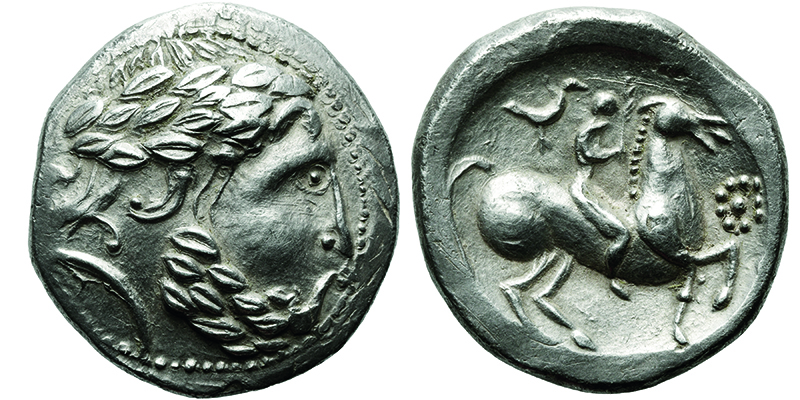

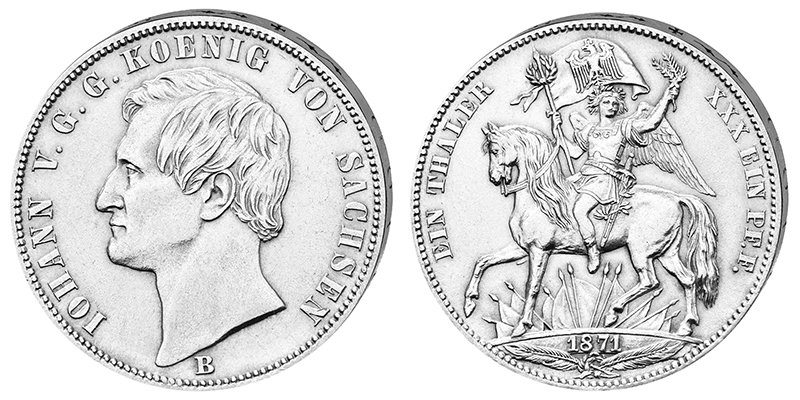
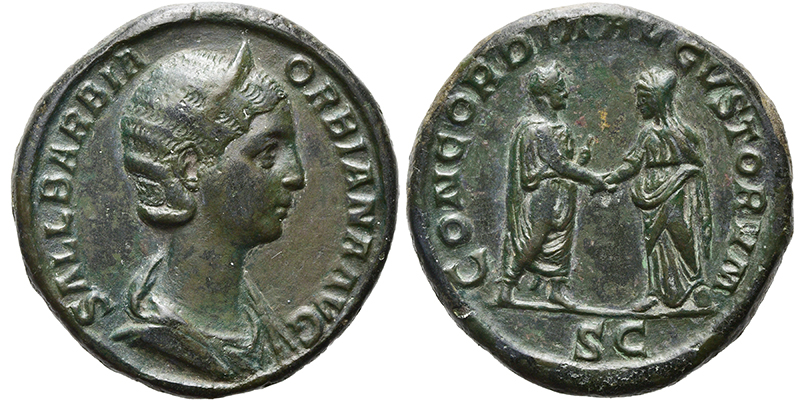

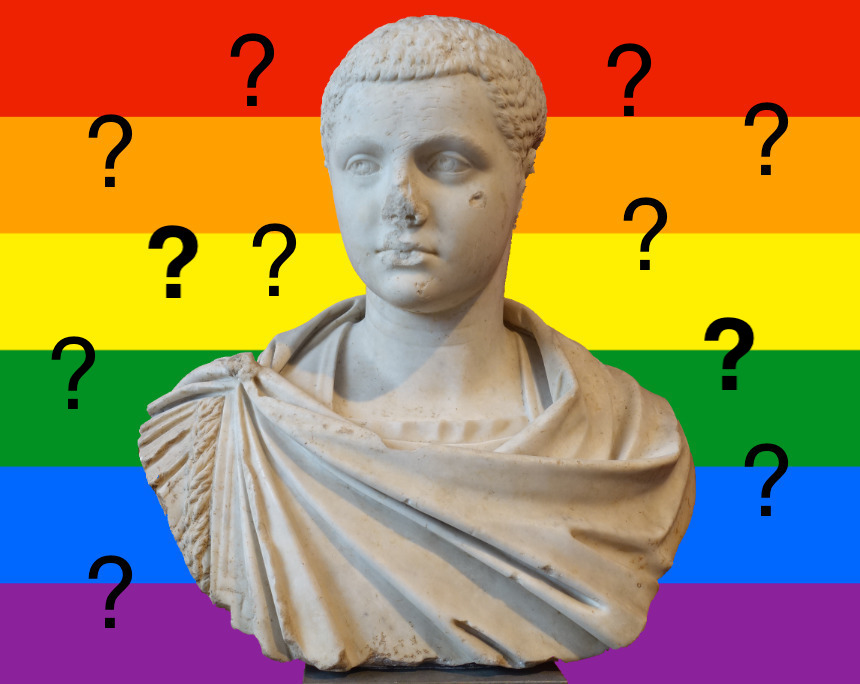
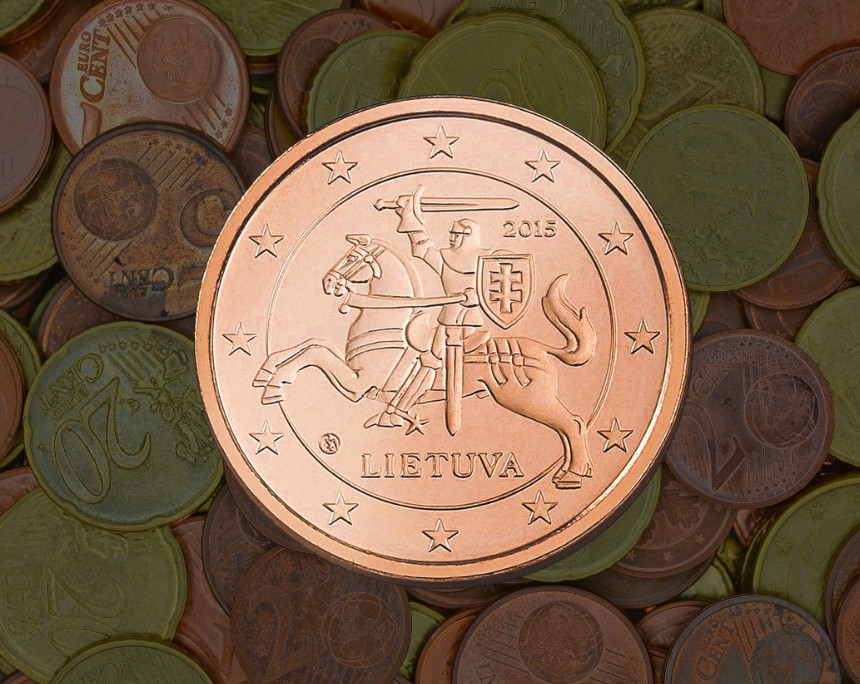

Your Tax Dollars at Work
Is the State Department funding a crusade against private ownership of cultural goods in the U.S.? Peter Tompa explains how taxpayer money was used to justify cultural property Memorandums of Understanding (MOUs) or “emergency import restrictions.”
Lars Emil Bruun (1852–1923): From the Local Inn to an International Enterprise
The auction of the exceptional Bruun collection, 100 years after the collector’s death, has attracted a great deal of attention. But who was Bruun as a person? What inspired him? On behalf of Stack’s, Ursula Kampmann went in search of Bruun’s personality and compiled a short biography.